Home>Ideas and Tips>Energy-Efficient Window Treatments To Lower Your Utility Bills
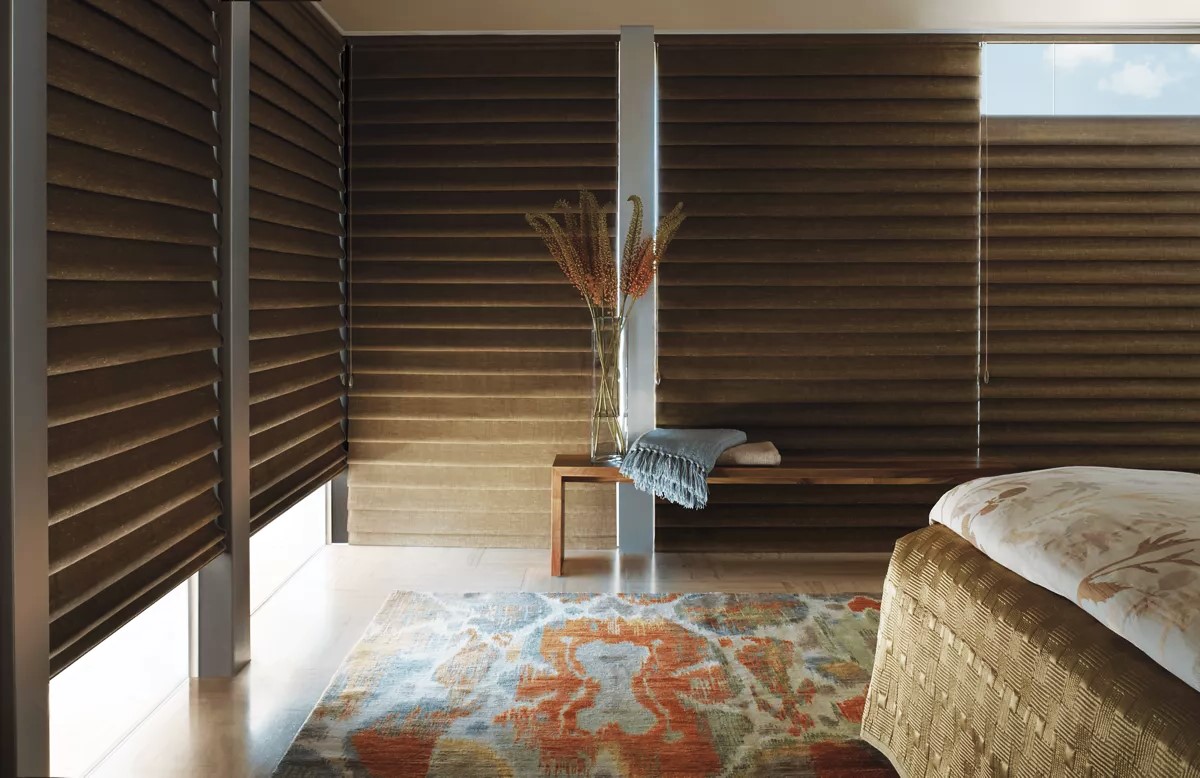

Ideas and Tips
Energy-Efficient Window Treatments To Lower Your Utility Bills
Published: September 25, 2024
Discover how energy-efficient window treatments can reduce your utility bills and enhance home comfort. Learn about various types and their benefits.
(Many of the links in this article redirect to a specific reviewed product. Your purchase of these products through affiliate links helps to generate commission for Storables.com, at no extra cost. Learn more)
Windows are a significant source of heat loss and gain in any home. According to the U.S. Department of Energy, about 30% of a home's heating energy is lost through the windows. This means that by choosing the right window treatments, you can make a substantial impact on your energy consumption and monthly bills.
Energy-efficient window treatments work by acting as insulators, blocking sunlight, and preventing heat from entering or escaping through the windows. Here are some key ways in which these treatments save energy:
- Insulation: Many energy-efficient window treatments, such as cellular shades and thermal curtains, are designed with insulating properties. They trap air pockets that reduce heat transfer, keeping your home warmer in winter and cooler in summer.
- Sunlight Blocking: During hot summer days, window treatments like roller shades and solar window screens can block direct sunlight, reducing the amount of heat that enters your home.
- Heat Gain Reduction: In warmer climates, window treatments can significantly reduce heat gain by blocking radiant heat from the sun. This helps in keeping your home cooler without relying on air conditioning.
There are several types of energy-efficient window treatments available, each with its unique benefits and applications. Here’s a detailed look at some of the most popular options:
- Insulated Cellular Shades
Insulated cellular shades, also known as honeycomb shades or cellular shades, are among the most energy-efficient window treatments available. These shades feature a honeycomb cross-section design that creates multiple layers of air pockets. This unique structure serves as an excellent insulator, reducing heat loss through windows by up to 40% during heating seasons and heat gain by up to 60% during cooling seasons.
- Window Quilts
Window quilts are less common but still effective energy-efficient window coverings. They are designed to fit tightly against the window trim and can be opened by rolling the quilted material up and closed by rolling it down. While they may not provide as much insulation as other options, they offer a cost-effective solution for reducing heat transfer.
- Rollers & Roman Shades
Roller shades and Roman shades are inexpensive window coverings that can enhance energy efficiency. They operate by raising and lowering from a roller bar placed at the top of the window. These shades provide minimal insulation but work well for privacy and blocking sunlight from rooms.
- Louvered Blinds
Louvered blinds, also known as vertical or horizontal slatted blinds, can help reduce heat gain in the summer while allowing some natural light into the room. However, their slatted design makes controlling heat loss in the winter more challenging.
- Curtains & Drapes
Curtains and drapes are stylish options for energy-efficient window treatments. They come in various fabrics and colors and can be hung close to windows to keep warm air inside. Insulated curtains or thermal curtains offer additional thermal comfort and heat loss prevention, reducing heat loss by as much as 10%.
- Window Films
Window films are applied directly to the surface of the glass and are designed to prevent heat gain while allowing natural light to enter. These films feature tints that offer a sense of security and privacy while limiting heat gain. They are particularly useful for protecting furniture or artwork from sun exposure or for windows that are difficult to fit with other window treatments.
- Exterior Shutters & Shades
Exterior shutters can provide significant insulation by trapping unwanted air between the glass and the covering. They come in various materials such as real wood, vinyl, or wood composite and can be functional or decorative. Pairing exterior shutters with interior window treatments like cellular shades or drapes enhances light protection and energy efficiency.
To maximize energy savings with window treatments, it’s crucial to understand how to use them effectively:
- Seasonal Adjustments: Regularly adjust your window treatments according to the season. For example, close shades during hot summer days to prevent harsh light from entering, and open them during winter to let sunlight in.
- Automation: Consider automating your window treatments to optimize their operation based on your specific climate and energy goals. This can be especially useful if you have smart home systems.
- Layering Treatments: Layering different types of window treatments can significantly enhance insulation. For instance, adding drapes to inside-mounted cellular shades or shutters can dramatically reduce energy lost through windows.
Selecting the right energy-efficient window treatments involves considering several factors:
- Climate: Different climates require different types of window treatments. For example, triple-cell shades are ideal for climates with extreme insulating needs.
- Budget: Energy-efficient window treatments vary in cost. Insulated cellular shades are generally more expensive but offer superior insulation, while roller shades are more affordable but provide minimal insulation.
- Style: Window treatments come in various styles and materials. Curtains and drapes offer an elegant design style, while louvered blinds provide a more functional approach.
Investing in energy-efficient window treatments is a simple yet effective way to lower your utility bills and maintain a comfortable indoor climate. By understanding the different types of window treatments available and how to use them effectively, you can significantly reduce heat gain and loss through your windows. Whether you choose insulated cellular shades, window quilts, or exterior shutters, the right window treatment can make a substantial difference in your energy consumption and monthly bills.
In conclusion, energy-efficient window treatments are not just a necessity but also an opportunity to enhance the aesthetic appeal of your home while saving on utility costs. By making informed decisions about which treatments to use and how to use them, you can ensure that your home remains comfortable and energy-efficient all year round.
References: Learn.gexaenergy.com – "7 Benefits of Energy-Efficient Window Coverings" CNET – "How Curtains, Blinds and Drapes Can Save You Money" 3 Blind Mice USA – "Best ways to lower your electric bill with window treatments" Home Depot – "Energy Efficient Window Treatments"
Was this page helpful?
At Storables.com, we guarantee accurate and reliable information. Our content, validated by Expert Board Contributors, is crafted following stringent Editorial Policies. We're committed to providing you with well-researched, expert-backed insights for all your informational needs.
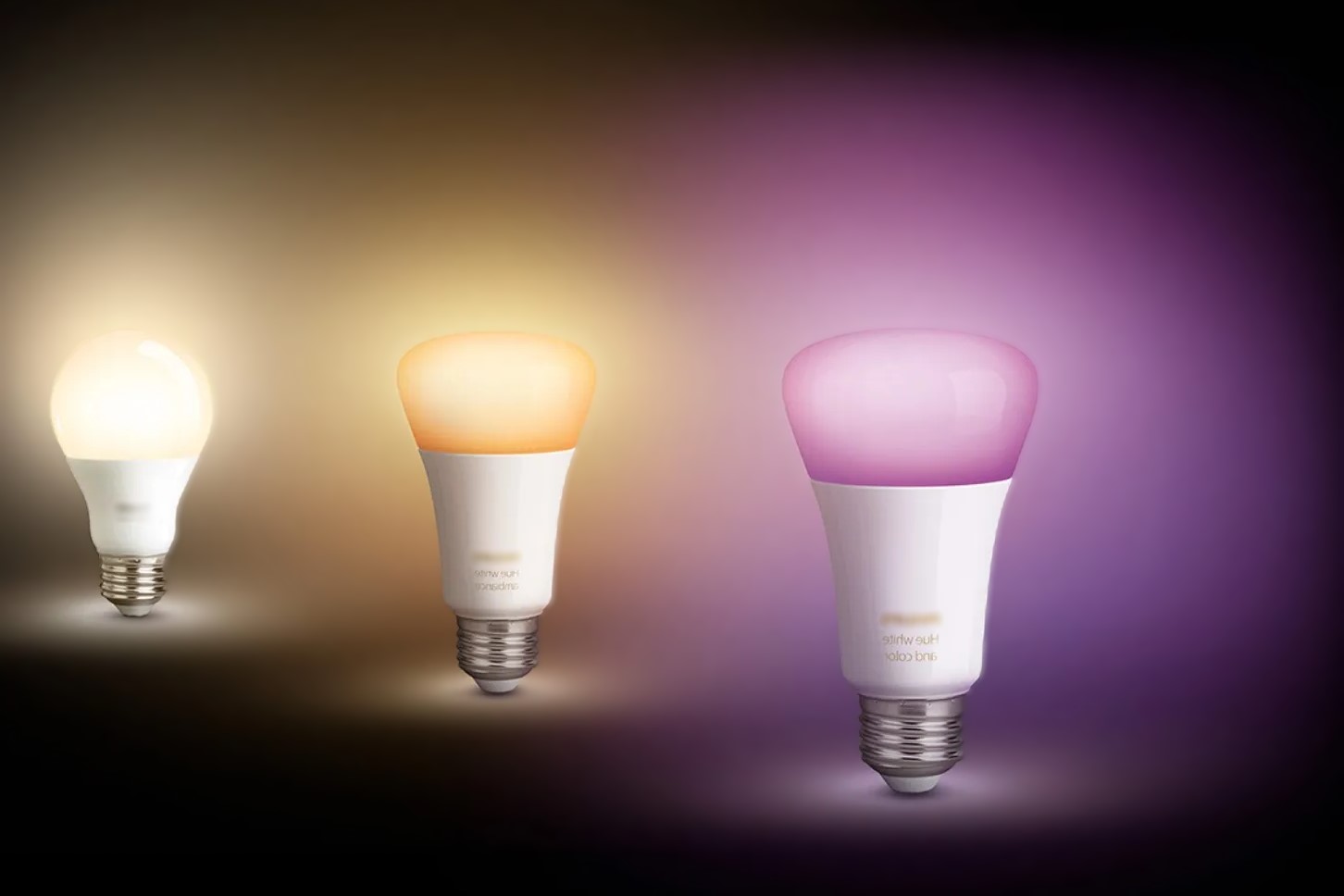
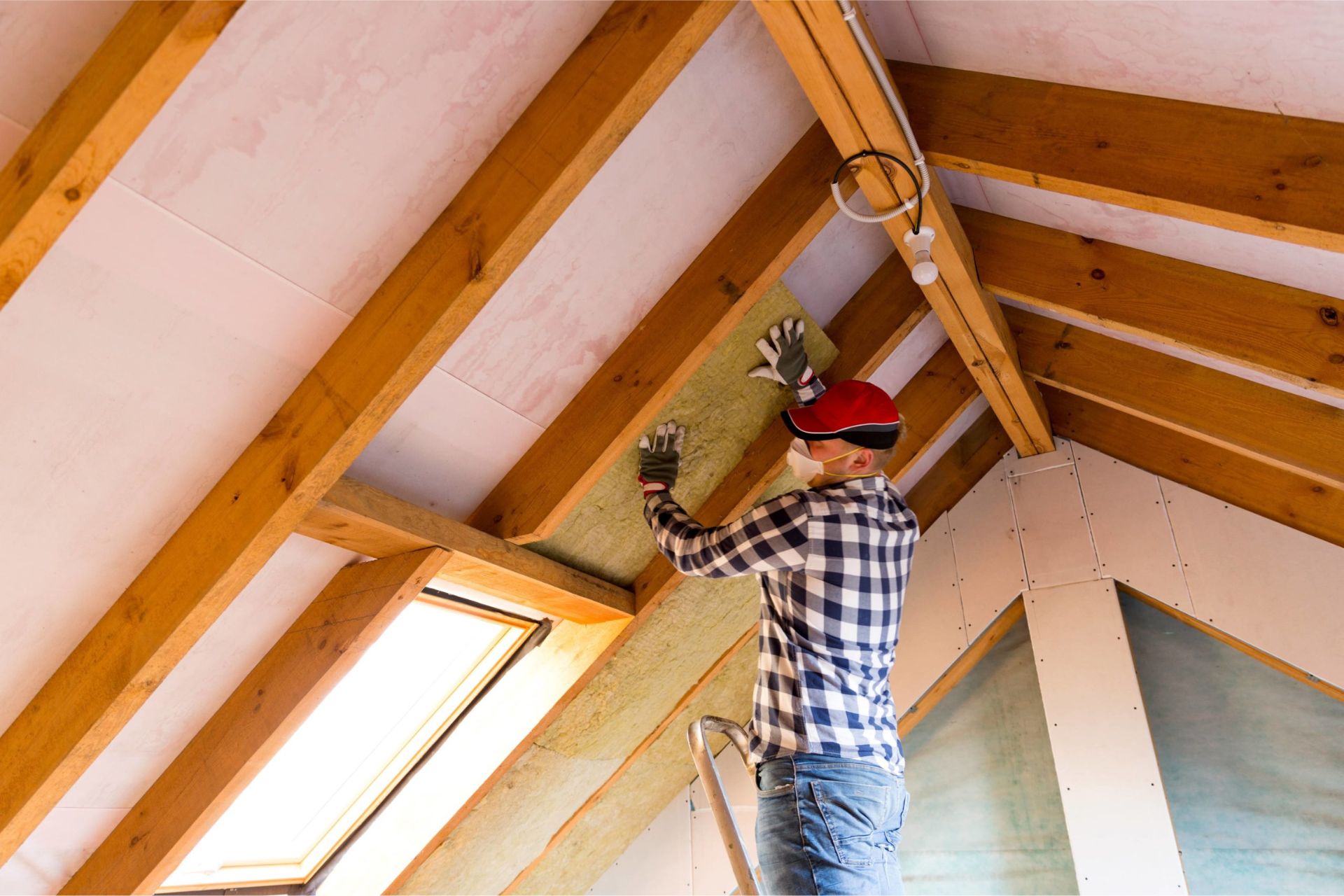
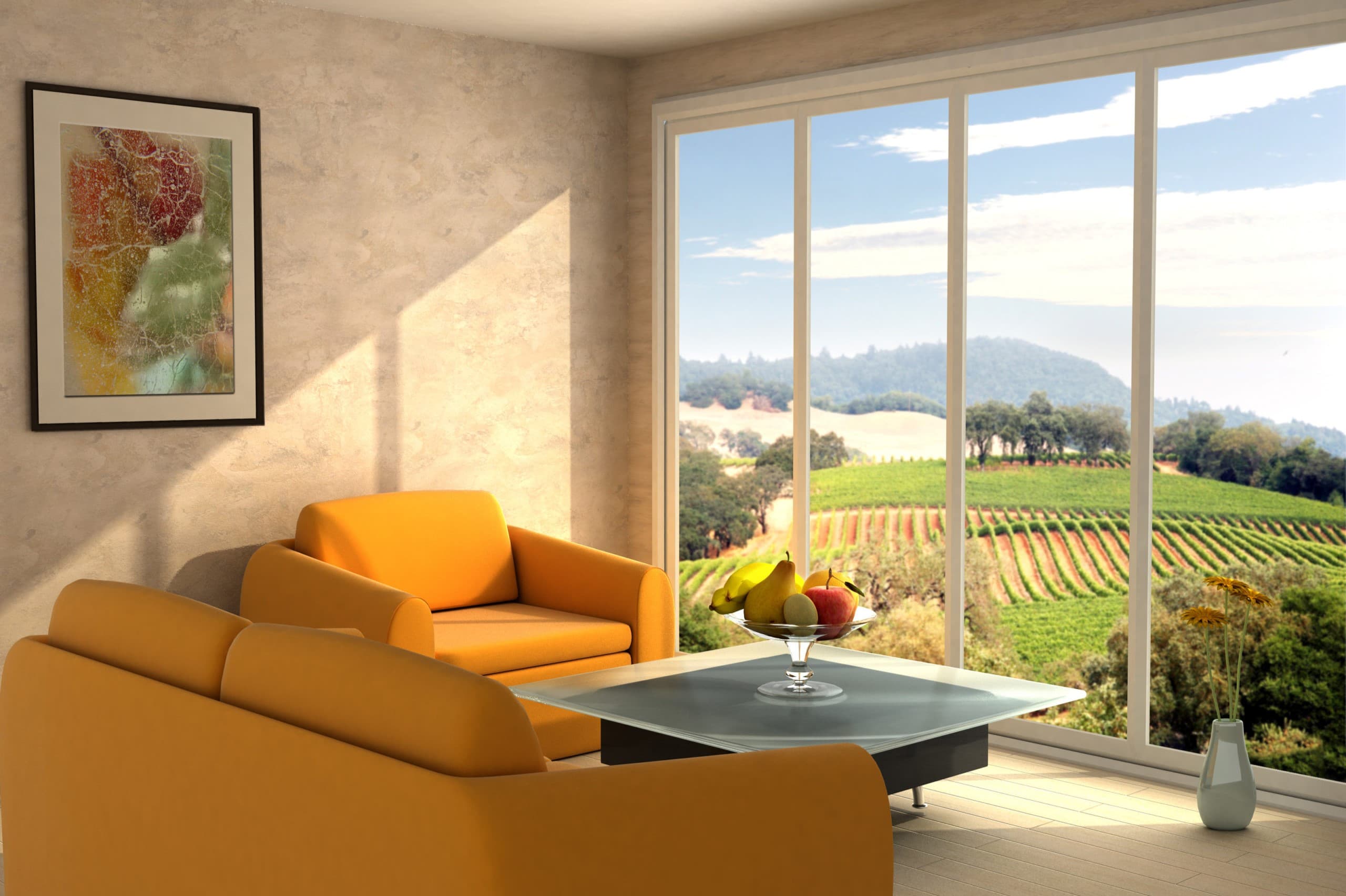
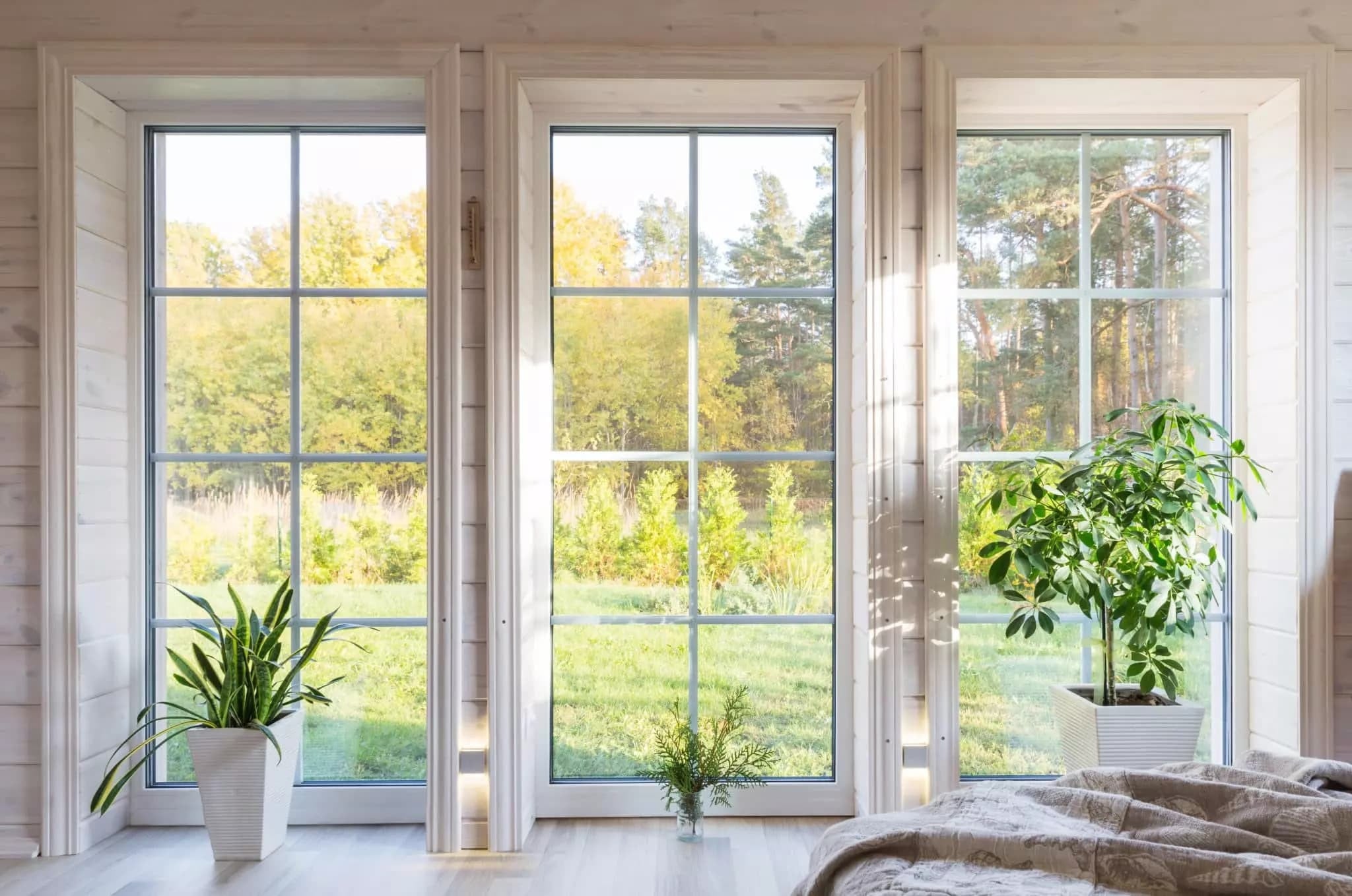
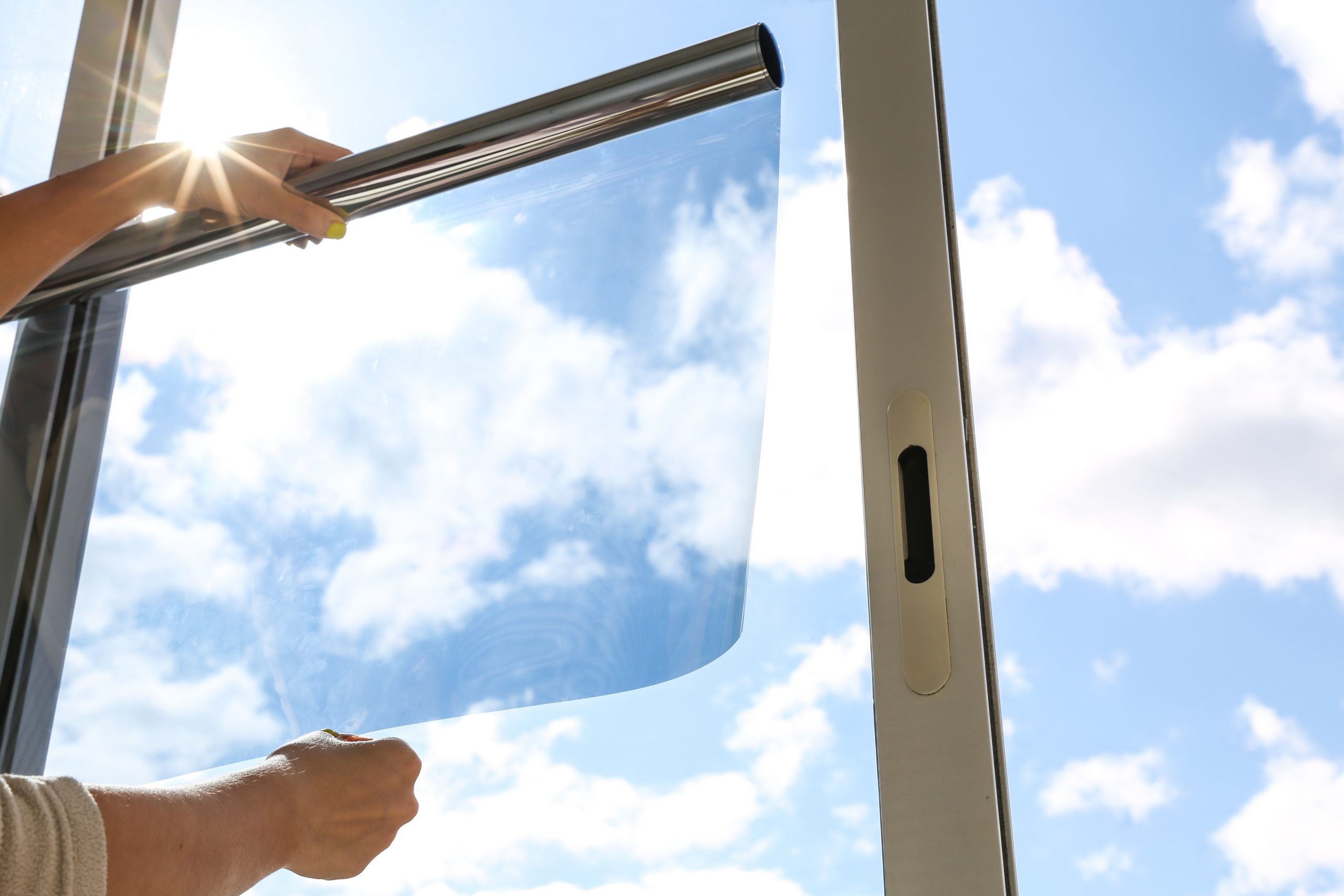
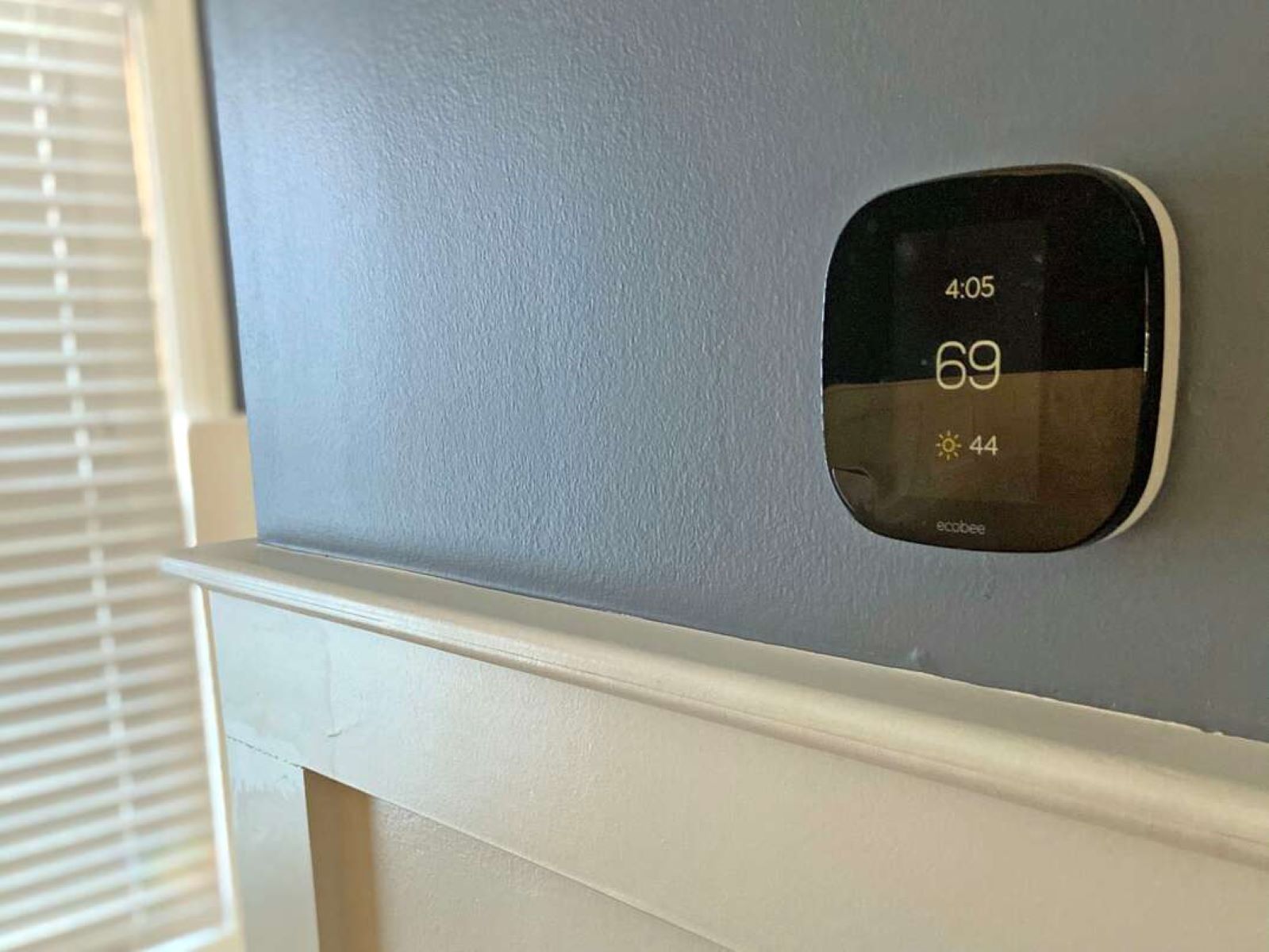
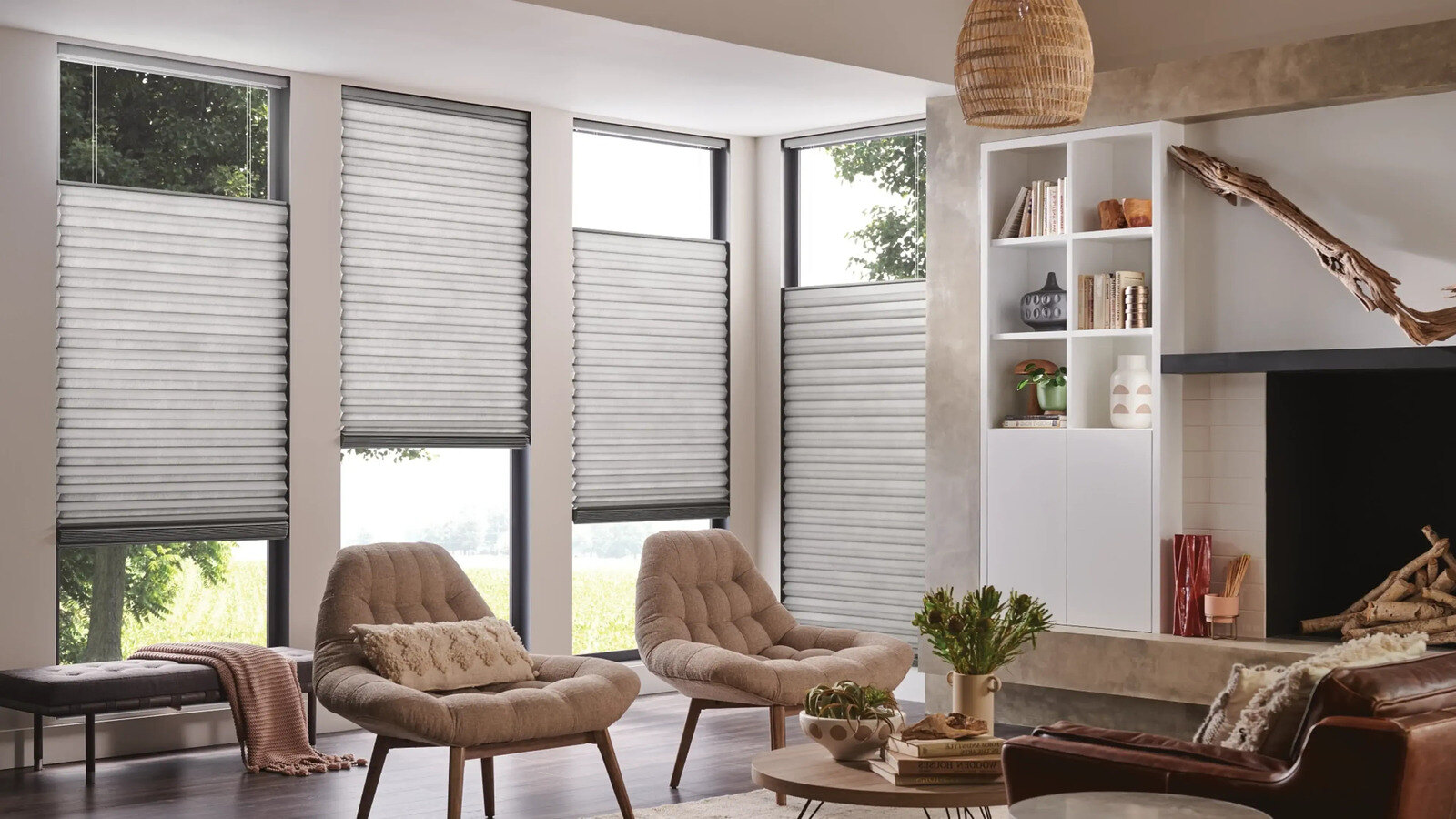
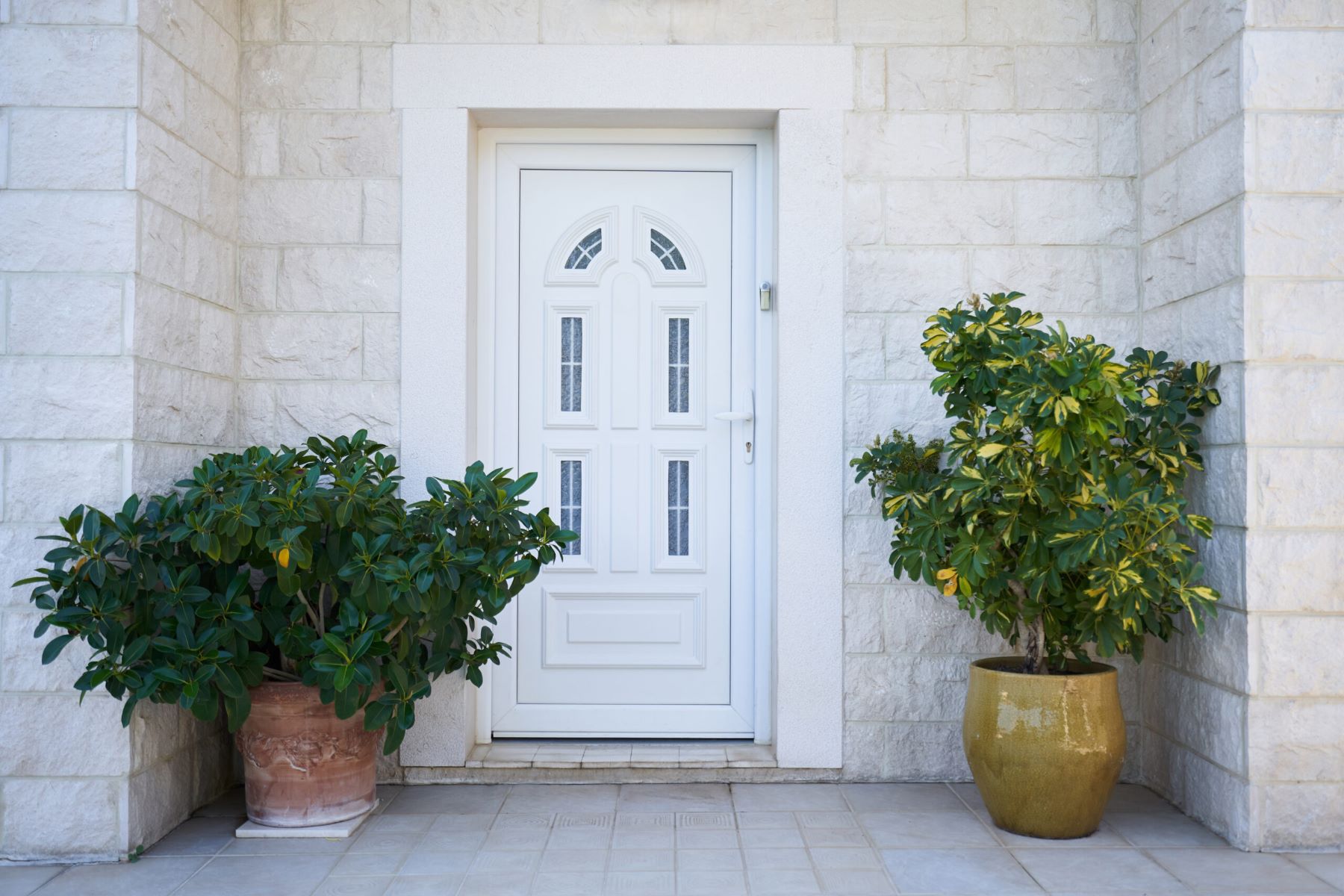
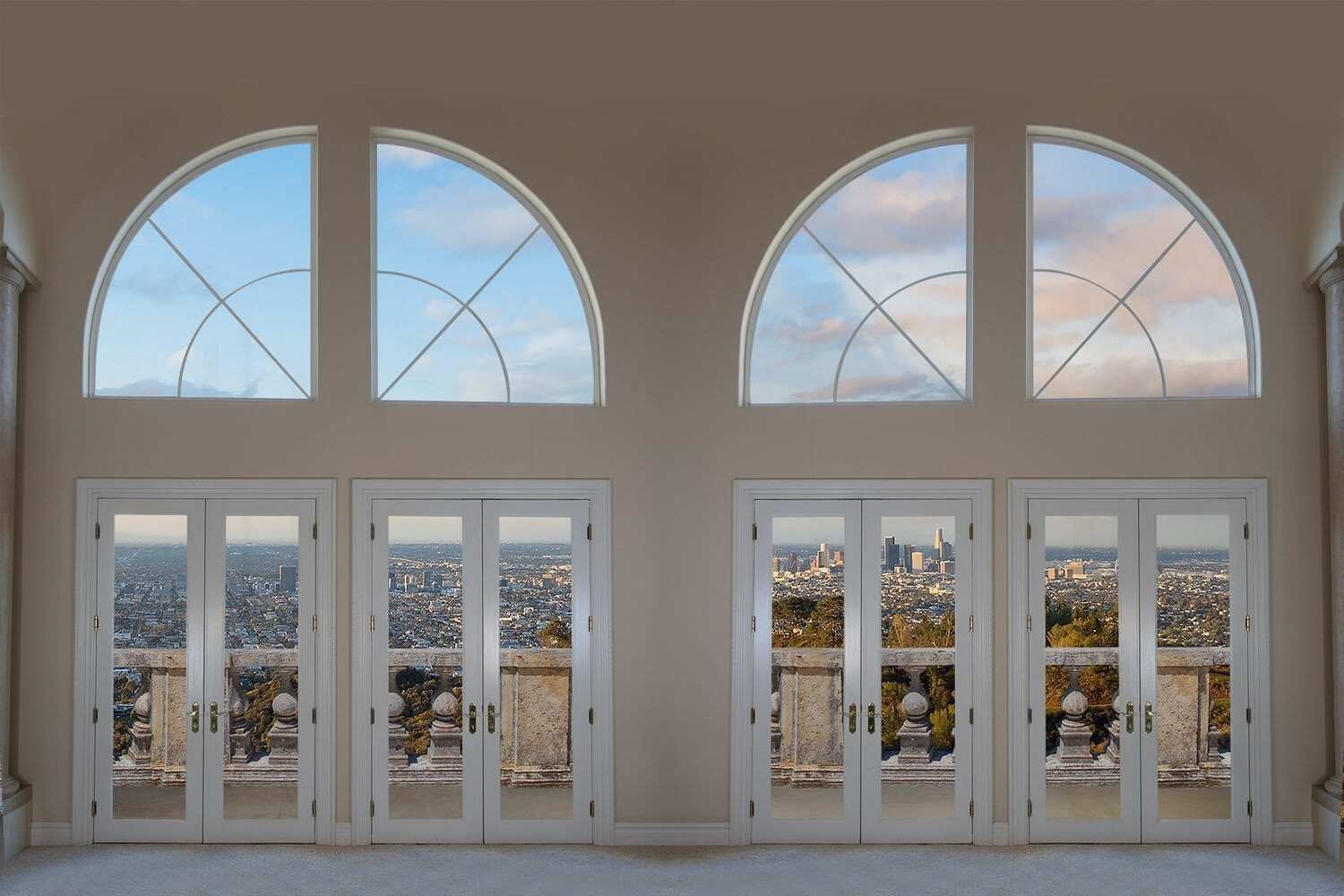
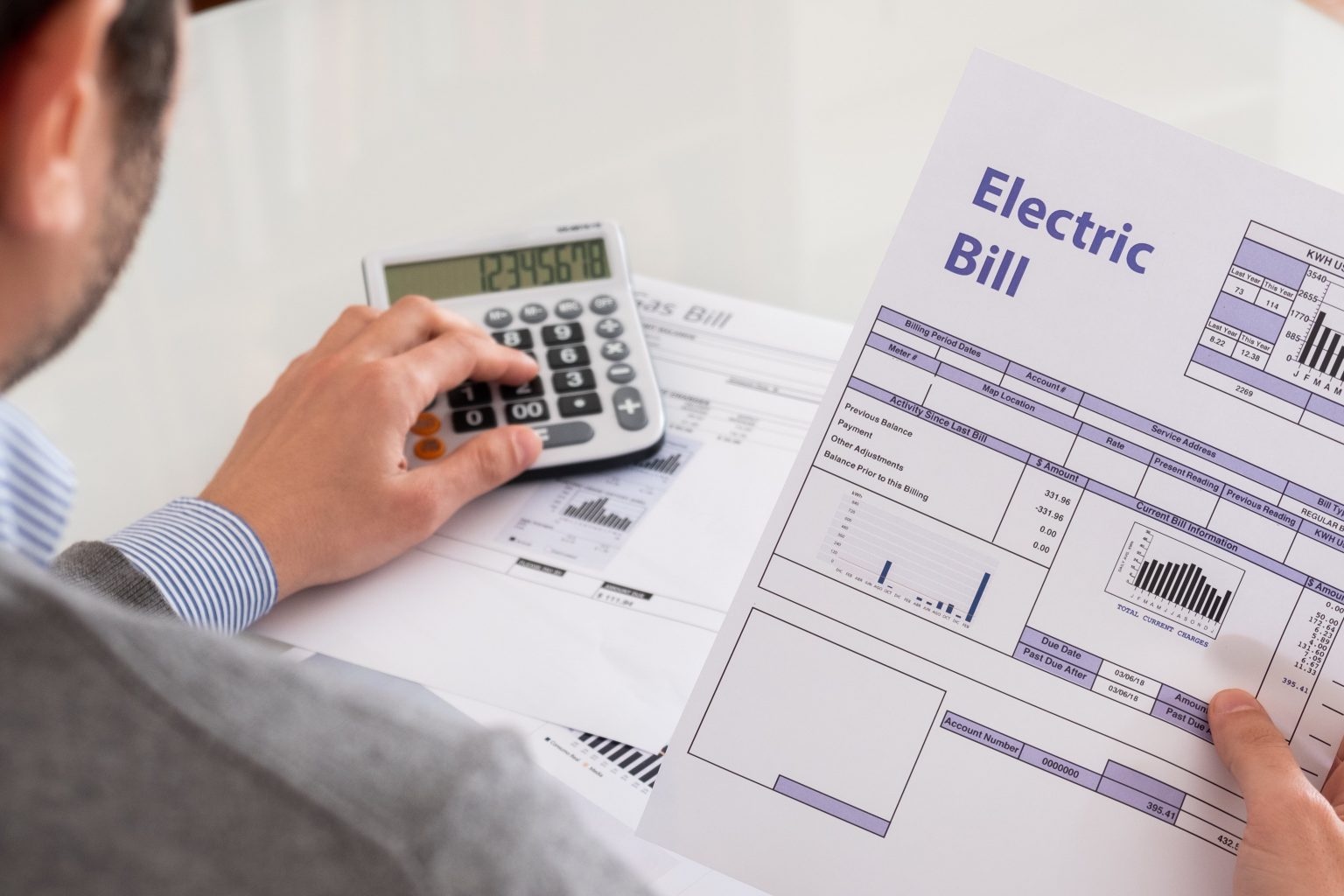
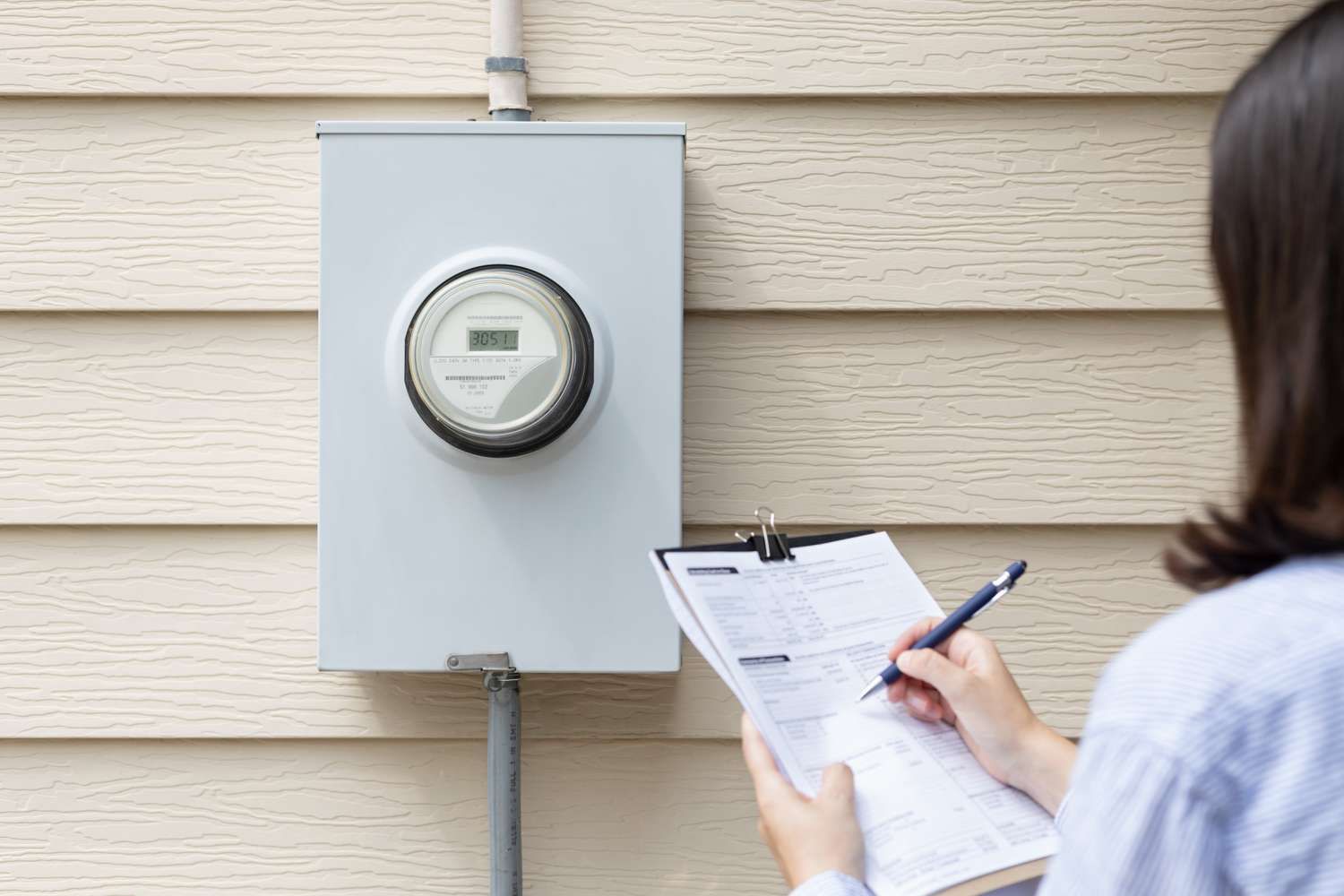

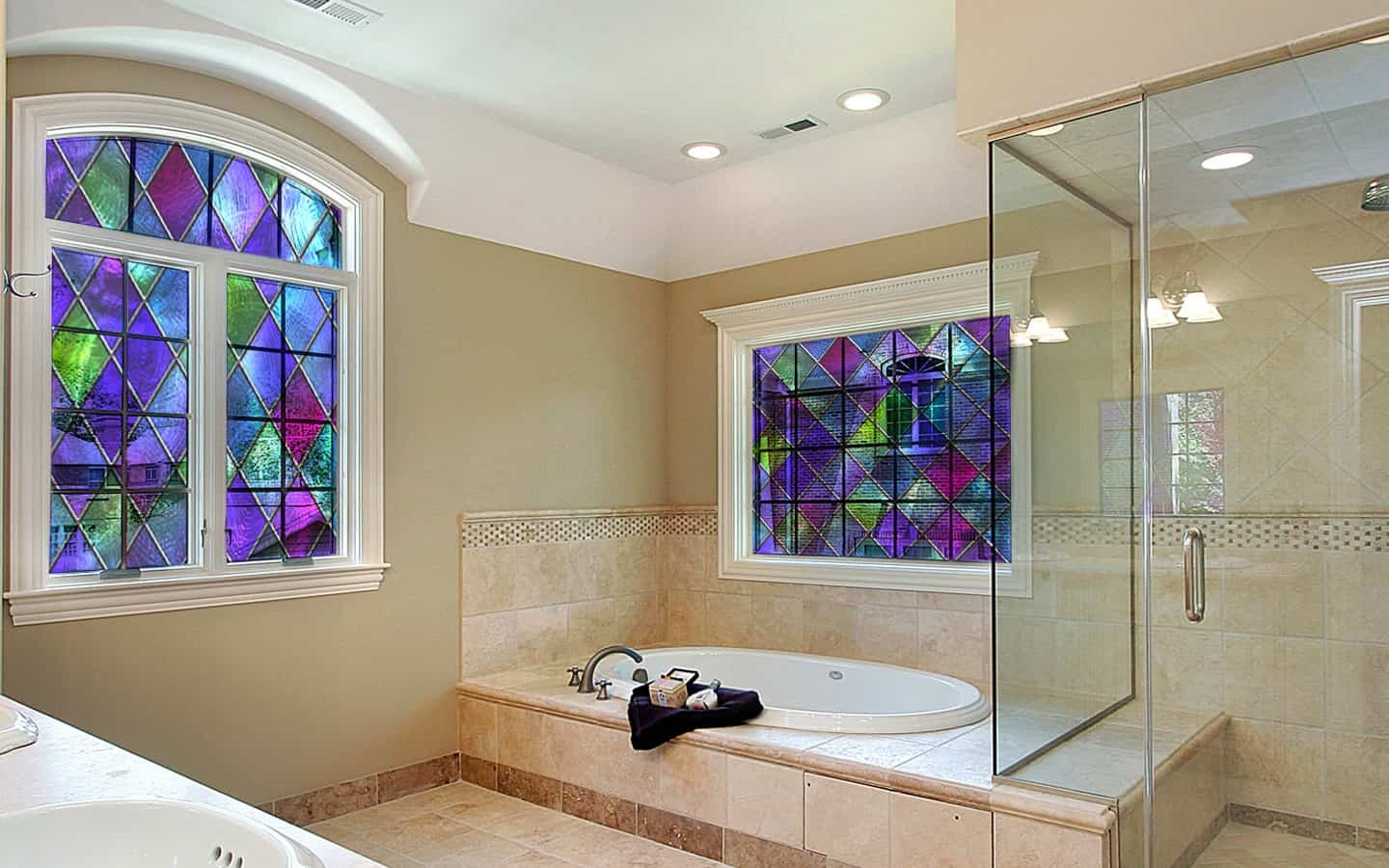

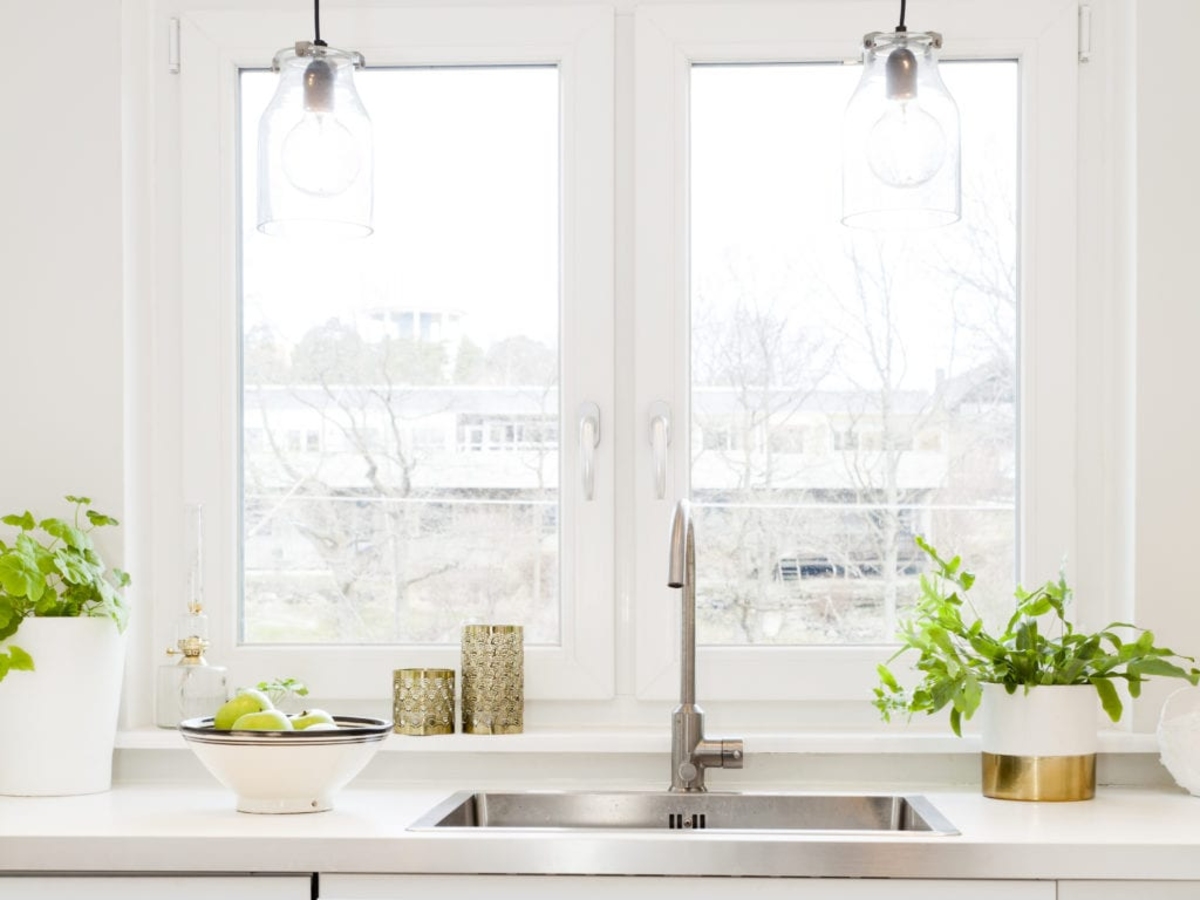
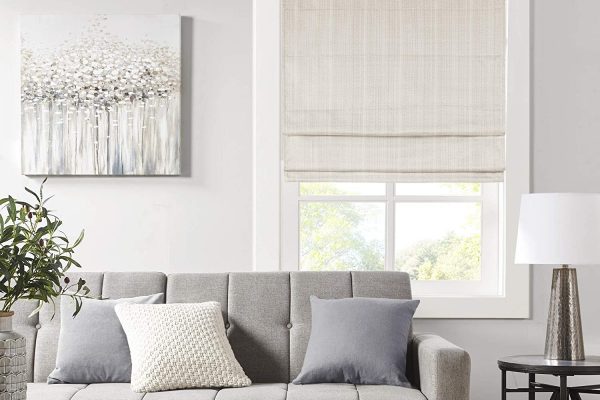

0 thoughts on “Energy-Efficient Window Treatments To Lower Your Utility Bills”